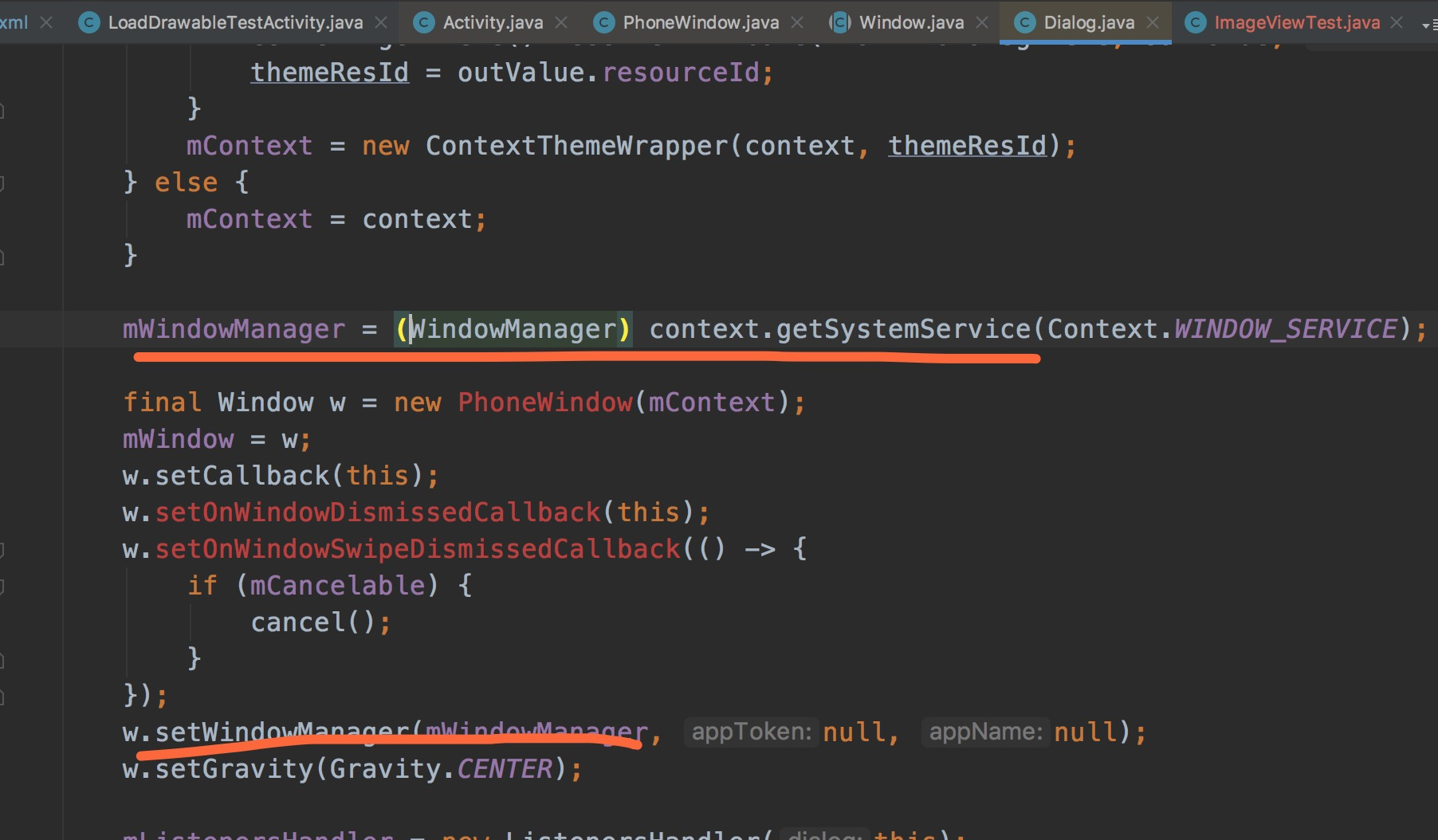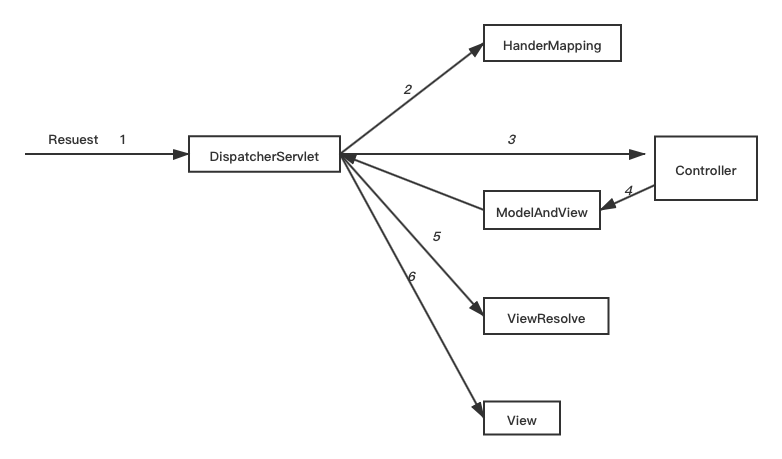Trying to follow this article to perform over-sampling for imbalanced classification. My class ratio is about 8:1.
https://www.kaggle.com/rafjaa/resampling-strategies-for-imbalanced-datasets/notebook
I am confused on the pipeline + coding structure.
- Should you over-sample after train/test splitting?
- If so, how do you deal with the fact that the target label is dropped from X? I tried keeping it and then performed the over-sampling then dropped labels on X_train/X_test and replaced the new training set in my pipeline however i get error "Found input variables with inconsistent numbers of samples" because the shapes are inconsistent since the new over-sampling df is doubled with a 50/50 label distribution.
I understand the issue however how does one solve this problem when wanting to perform over-sampling to reduce class imbalance?
X = df
#X = df.drop("label", axis=1)
y = df["label"]
X_train,\
X_test,\
y_train,\
y_test = train_test_split(X,\
y,\
test_size=0.2,\
random_state=11,\
shuffle=True,\
stratify=target)
target_count = df.label.value_counts()
print('Class 1:', target_count[0])
print('Class 0:', target_count[1])
print('Proportion:', round(target_count[0] / target_count[1], 2), ': 1')
target_count.plot(kind='bar', title='Count (target)');
# Class count
count_class_index_0, count_class_index_1 = X_train.label.value_counts()
# Divide by class
count_class_index_0 = X_train[X_train['label'] == '1']
count_class_index_1 = X_train[X_train['label'] == '0']
df_class_1_over = df_class_1.sample(count_class_index_0, replace=True)
df_test_over = pd.concat([count_class_index_0, df_class_1_over], axis=0)
print('Random over-sampling:')
print(df_test_over.label.value_counts())
Random over-sampling:
1 12682
0 12682
df_test_over.label.value_counts().plot(kind='bar', title='Count (target)')
# drop label for new X_train and X_test
X_train_OS = df_test_over.drop("label", axis=1)
X_test = X_test.drop("label", axis=1)
print(X_train_OS.shape)
print(X_test.shape)
print(y_train.shape)
print(y_test.shape)
(25364, 9)
(3552, 9)
(14207,)
(3552,)
cat_transformer = Pipeline(steps=[
('cat_imputer', SimpleImputer(strategy='constant', fill_value='missing')),
('cat_ohe', OneHotEncoder(handle_unknown='ignore'))])
num_transformer = Pipeline(steps=[
('num_imputer', SimpleImputer(strategy='constant', fill_value=0)),
('num_scaler', StandardScaler())])
text_transformer_0 = Pipeline(steps=[
('text_bow', CountVectorizer(lowercase=True,\
token_pattern=SPLIT_PATTERN,\
stop_words=stopwords))])
# SelectKBest()
# TruncatedSVD()
text_transformer_1 = Pipeline(steps=[
('text_bow', CountVectorizer(lowercase=True,\
token_pattern=SPLIT_PATTERN,\
stop_words=stopwords))])
# SelectKBest()
# TruncatedSVD()
FE = ColumnTransformer(
transformers=[
('cat', cat_transformer, CAT_FEATURES),
('num', num_transformer, NUM_FEATURES),
('text0', text_transformer_0, TEXT_FEATURES[0]),
('text1', text_transformer_1, TEXT_FEATURES[1])])
pipe = Pipeline(steps=[('feature_engineer', FE),
("scales", MaxAbsScaler()),
('rand_forest', RandomForestClassifier(n_jobs=-1, class_weight='balanced'))])
random_grid = {"rand_forest__max_depth": [3, 10, 100, None],\
"rand_forest__n_estimators": sp_randint(10, 100),\
"rand_forest__max_features": ["auto", "sqrt", "log2", None],\
"rand_forest__bootstrap": [True, False],\
"rand_forest__criterion": ["gini", "entropy"]}
strat_shuffle_fold = StratifiedKFold(n_splits=5,\
random_state=123,\
shuffle=True)
cv_train = RandomizedSearchCV(pipe, param_distributions=random_grid, cv=strat_shuffle_fold)
cv_train.fit(X_train_OS, y_train)
from sklearn.metrics import classification_report, confusion_matrix
preds = cv_train.predict(X_test)
print(confusion_matrix(y_test, preds))
print(classification_report(y_test, preds))





